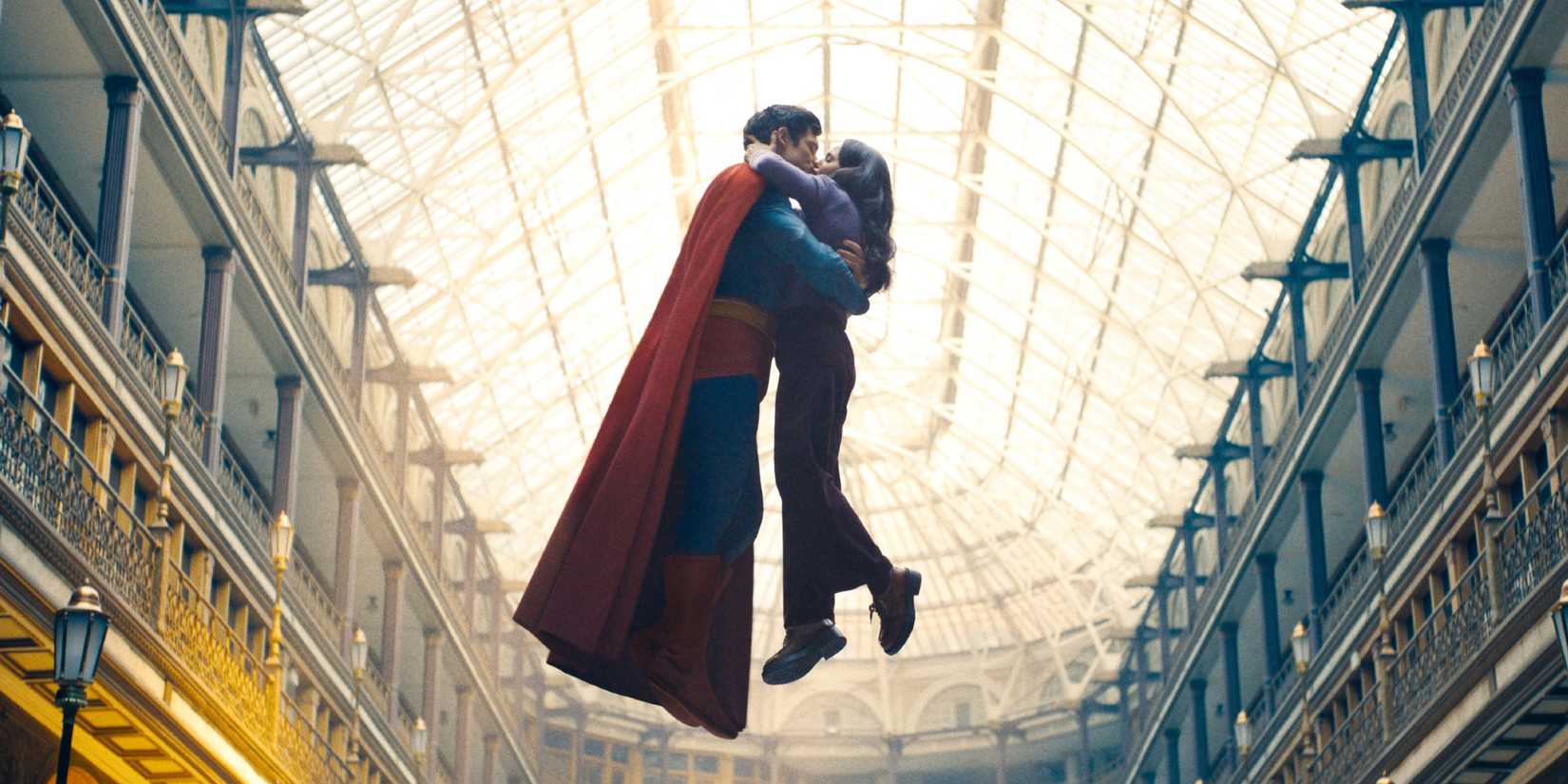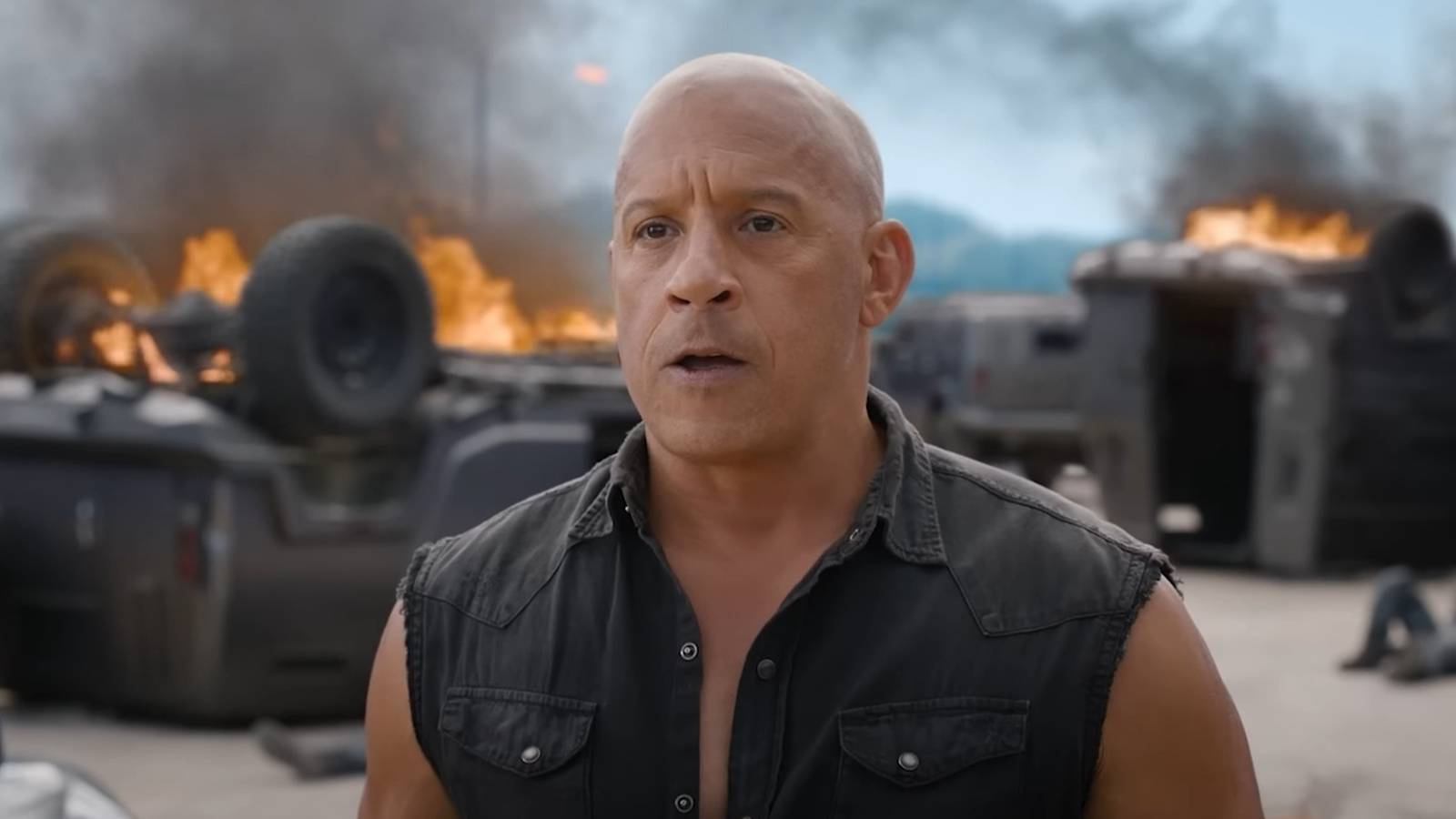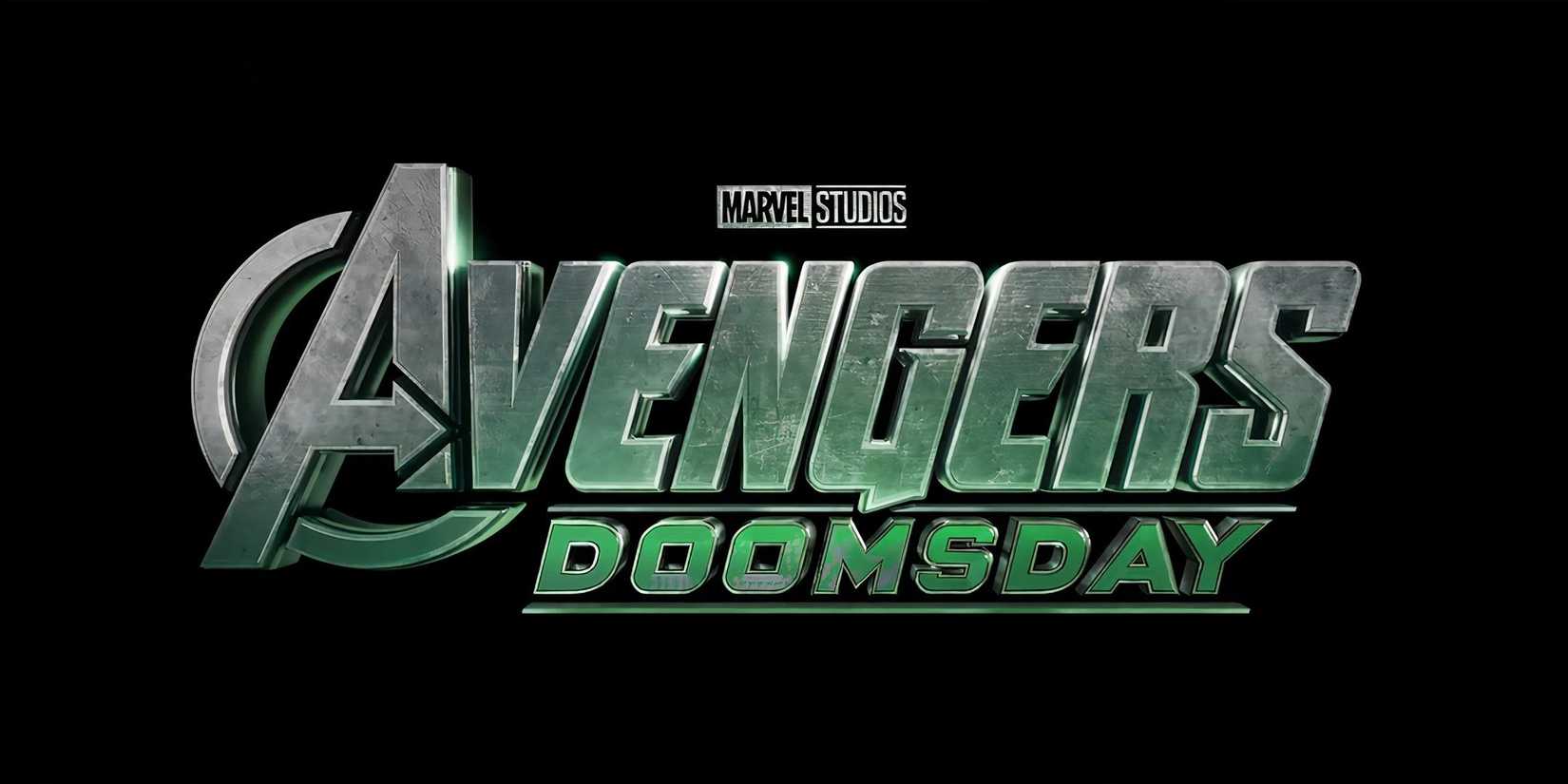In their third big-screen adventure, Star Trek: Insurrection, Captain Jean-Luc Picard (Patrick Stewart) and the crew of the USS Enterprise-E defied Starfleet to save the Ba’ku people. After the action-packed Star Trek: First Contact, Insurrection tells a smaller story focused not on saving the galaxy but on saving a planet of around 600 people. The film begins when Lt. Commander Data (Brent Spiner) malfunctions while on Ba’ku, revealing the Federation’s presence on the planet to the villagers. Upon learning of Data’s malfunction, Picard takes the USS Enterprise-E to the planet to investigate.
After some searching, Captain Picard and his Enterprise crew discover a concealed ship meant to secretly transport the Ba’ku people away from their planet. Due to metaphasic radiation in the planet’s rings, a region called the Briar Patch, Ba’ku has miraculous healing properties that the Son’a (and the Federation) want to exploit. Picard confronts Vice Admiral Dougherty (Anthony Zerbe) about the situation, but he reveals that the entire mission has been sanctioned by the Federation Council. This prompts Picard to go rogue to save the Ba’ku people, and his crew members accompany him without hesitation.
How Captain Picard & USS Enterprise-E Saved The Ba’ku & The Briar Patch From The Son’a
Picard & His Crew Disobey A Direct Order To Leave The Ba’ku People
After Admiral Dougherty orders Captain Picard to leave the Ba’ku people to their fate, Jean-Luc begins replicating weapons and planning a one-man rescue mission. His senior officers soon join him, taking the small Captain’s yacht down to the planet, while Commander William Riker (Jonathan Frakes) takes the USS Enterprise-E to inform the Federation of the truth. Picard and his friends then rally the Ba’ku people, planting devices to prevent the Son’a from transporting them, and leading them to caves where they can hide.
Star Trek: Insurrection was directed by Jonathan Frakes, with a screenplay written by Michael Piller and based on a story by Rick Berman and Michael Piller.
Meanwhile, Commander Riker thwarts the Son’a ships that came after him, using a move Lt. Commander Geordi La Forge (LeVar Burton) dubs “the Riker maneuver.” When Picard is captured by the Son’a, he convinces one of Ru’afo’s (F. Murray Abraham) crew members, Gallatin (Gregg Henry), to go against his people and prevent them from destroying the Ba’ku. With help from Gallatin, Picard beams the other Son’a to the holoship, temporarily fooling them into thinking their plan was successful.
Ru’afo continues trying to harvest the radiation from Ba’ku’s rings, but Picard manages to destroy the ship before this happens. Just before the harvester explodes, Riker beams Picard back to the Enterprise-E. After Ru’afo’s death on the harvester, the rest of the Son’a stand down. Picard and his crew then enjoy their last moments with the Ba’ku villagers, before departing for another adventure.
The Son’a Secret Link To The Ba’ku Explained
The Son’a Used To Be A Part Of The Ba’ku People
Just before the final act of Star Trek: Insurrection, Dr. Beverly Crusher (Gates McFadden) scans one of the Son’a and discovers that they are genetically identical to the Ba’ku. As a Ba’ku villager named Anij (Donna Murphy) explains to Picard, 309 years ago, the Ba’ku came from a solar system that was “on the verge of self-annihilation” as a result of its people’s pursuit of advanced technology and weapons. The Ba’ku chose to abandon technology in favor of a simpler life, isolating themselves from other worlds that might attack them.
Although the Ba’ku lived peacefully for around 200 years, a group of young people eventually decided they wanted to embrace technology and exploration. They tried to take over the colony but were unsuccessful, leading the Ba’ku to exile the dissidents from their civilization. These exiles became the Son’a, who found other, more grotesque ways to prolong their lives. By the time of Star Trek: Insurrection, Ru’afo and his people had allied with Admiral Dougherty to take back what they believed the Ba’ku had stolen from them. In the end, the Ba’ku agreed to let any willing Son’a rejoin their civilization on the planet.
What Happened To The Briar Patch After Star Trek: Insurrection
Star Trek Has Not Revisited The Briar Patch
The planet of Ba’ku was located within an area of space known as the Briar Patch, which contained metaphasic radiation and other dangerous space matter. The Briar Patch was part of Federation space by the time of Star Trek: Insurrection, but it remains unclear what happened to the area after the events of the film.
As revealed in Star Trek: Enterprise season 4, episode 6, “The Augments,” the name “Briar Patch” was first coined by geneticist Dr. Arik Soong (Brent Spiner) in reference to the Br’er Rabbit stories.
The Ba’ku (and presumably some of the Son’a) remained on their planet, but it seems likely that Starfleet would want to continue studying Ba’ku and the Briar Patch. Although the region has popped up on star charts in the background of various Star Trek scenes, the Briar Patch has never been seen again in all its glory.
Did Captain Picard Return To His Star Trek: Insurrection Love Interest?
Star Trek Mostly Forgot About Picard’s Romance With Anij
In his quest to save the Ba’ku people, Captain Picard develops feelings for Anij. The two bond throughout the film, and Jean-Luc appears to briefly consider remaining on the planet with her. But ultimately, Picard knows that he cannot abandon Starfleet and the Enterprise, and he departs with his crew at the end of the film. In one of the final scenes, Picard says that he has “318 days of shore leave coming” and that he “intends to use them.” While this implies that Picard will be returning to Ba’ku, it’s unclear if he ever saw Anij again.
Picard’s sweet relationship with Anij is the Enterprise captain’s only romance in all four Star Trek: The Next Generation films.
Star Trek: Picard season 3 revealed that Jean-Luc had at least a brief romance with Beverly Crusher sometime after the events of Star Trek: Nemesis that resulted in the birth of Jack Crusher (Ed Speleers). Still, it’s possible that Picard revisited Anij and spent time on Ba’ku sometime before or after his encounter with Beverly.
Captain Liam Shaw (Todd Stashwick) of the USS тιтan-A even referenced Picard’s Star Trek: Insurrection romance after Picard and Riker commandeered his ship. As Shaw lists the blunders of Picard and his crew from the TNG films, he points out that the Federation might remember “that time that someone threw the Prime Directive out the window so they could snog a villager on Ba’ku.” It’s a hilarious line, although it does raise the question of just how detailed Starfleet’s mission briefs are.
Star Trek: Insurrection Was A Disappointment After Star Trek: First Contact
Insurrection Would’ve Worked Better As An Episode Of TNG
Although Star Trek: Insurrection has a charm to it, the film is largely a letdown after the more compelling Star Trek: First Contact. After the large scope and mᴀssive stakes of First Contact, Insurrection feels more like a two-part episode of the television series than a blockbuster film. The film tries to be funny but misses the mark with its juvenile humor, and the central conflict doesn’t land as well as it should. While Picard has the moral high ground, Admiral Dougherty makes some decent points about how the Federation could use the Ba’ku planet to help billions of people.
Ru’afo may be truly villainous, but the rest of the Son’a don’t come across as pure evil, and many of them don’t want to kill the Ba’ku. All of this makes Picard’s defiance of the Federation feel less righteous than the film wants it to be. Plus, Insurrection spends too much time focusing on the Son’a and the Bak’u people and not enough time on the crew of the Enterprise. All in all, Insurrection is fine, but its flaws become even more glaring when compared with First Contact.
4 Years Later, Star Trek: Nemesis Killed TNG’s Movies
Nemesis Ended The TNG Saga On A Low Note
Although Star Trek: Insurrection was a lackluster follow-up to Star Trek: First Contact, it was not the final nail in the coffin for TNG films. That would come four years later in the almost universally panned Star Trek: Nemesis. Even a strong performance from Patrick Stewart could not save Nemesis, which told an overly complicated story and focused too much on Tom Hardy’s villainous Shinzon. Nemesis may have brought the TNG films to a rather disappointing conclusion, but Star Trek: Picard rectified that by finally giving Captain Picard and his crew a proper and worthy send-off in its triumphant third season.







